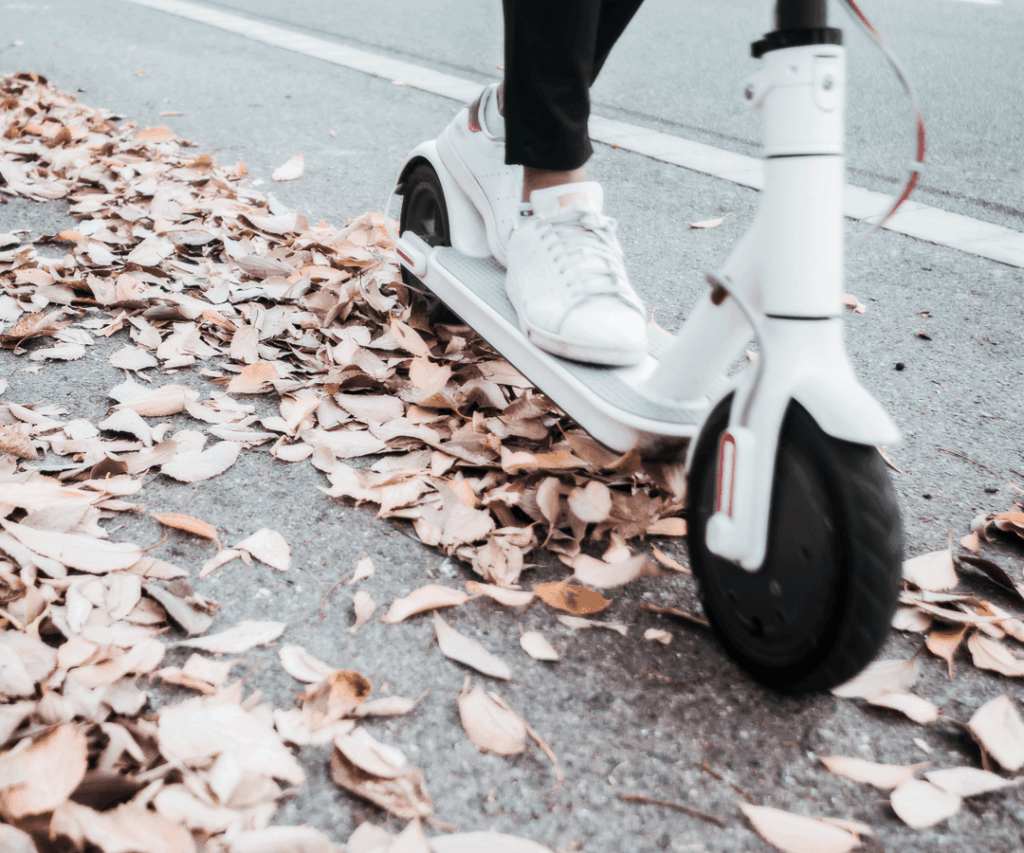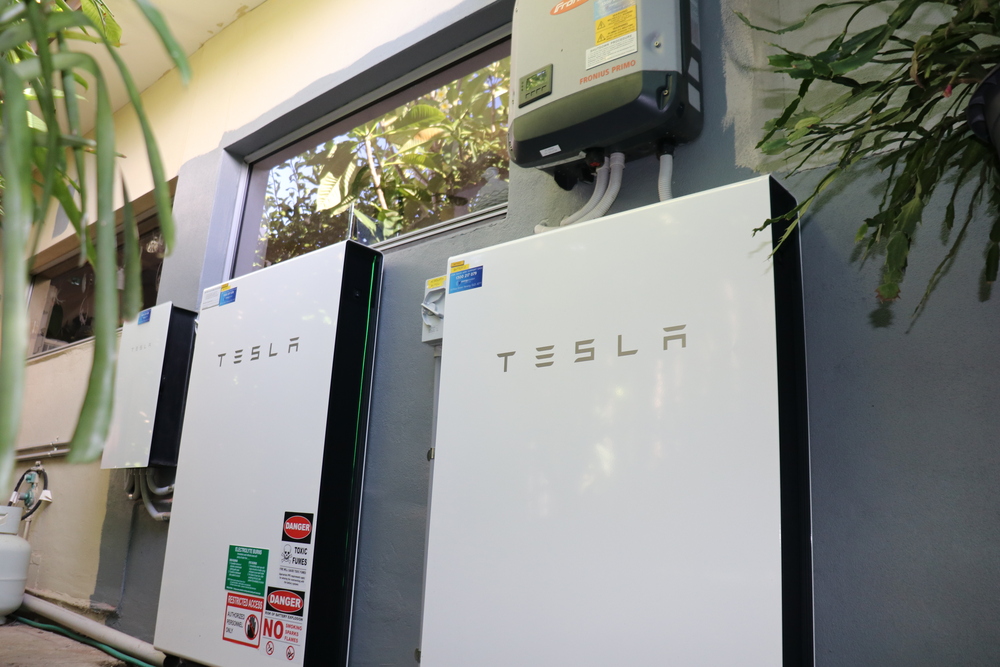Flap Barrier Turnstiles are an integral part of modern access control systems. Designed to streamline pedestrian movement while maintaining security, they are used in a wide range of facilities—from corporate offices and airports to educational campuses and public buildings. However, like any mechanical and electronic system, their performance and longevity heavily depend on proper maintenance practices.
This detailed guide outlines essential maintenance tips to ensure that your flap barrier turnstiles remain functional, reliable, and efficient over the long term. Whether you’re a facility manager, security supervisor, or business owner, understanding the nuances of maintaining these systems can save you significant downtime and replacement costs.
Understanding the Importance of Maintenance
Maintenance isn’t just about cleaning or replacing parts—it’s about preserving operational integrity, safety, and system responsiveness. A neglected turnstile system can lead to:
- Unauthorized entries due to malfunction
- Unnecessary wear and tear on mechanical components
- Reduced throughput and slower access
- Safety hazards for users
Proper maintenance ensures the system continues to deliver precise performance, accurate authentication, and user safety in every entry cycle.
Daily Visual Inspections
Routine visual inspections form the first layer of preventive maintenance. Each day, a designated security or facility staff member should visually check the units for obvious signs of wear, obstruction, or misuse.
Look for:
- Foreign objects or debris obstructing the flap pathway
- Visible damage to flap panels or casing
- Indicator lights not functioning correctly
- Unusual flap alignment or erratic movement
This quick, non-technical check helps catch problems early before they escalate.
Weekly Cleaning Routine
Over time, dust, grime, and fingerprints can build up on sensors, panels, and housing units, affecting performance and aesthetics.
Cleaning the Exterior
Use a soft microfiber cloth and a non-abrasive cleaner to wipe down stainless steel surfaces and flap panels. Avoid harsh chemicals that can corrode acrylic or polycarbonate materials.
Sensor Cleaning
Infrared and optical sensors should be gently wiped to ensure they remain unobstructed. Dust or smudges can interfere with tailgating detection and user tracking.
Display and Interfaces
Clean RFID readers, QR code scanners, and any display screens to maintain clear readability and hygienic interaction, especially in high-traffic environments.
Monthly Functional Testing
At least once a month, perform a full system test. This involves simulating user entries, validating access credentials, and observing system responses.
Test Different Entry Scenarios
- Authorized access via card, QR, or biometrics
- Unauthorized access attempts
- Emergency release features
- Obstacle detection by pausing mid-passage
This helps verify that all sensors, motors, and software integrations are working as expected. Any lag, hesitation, or failure should be addressed immediately.
Lubrication of Moving Components
Although flap barrier turnstiles are designed for high-cycle operation, their internal moving parts—like hinges, motor shafts, and gear assemblies—require periodic lubrication.
Use manufacturer-approved lubricants only, and apply sparingly to:
- Motor bearings
- Gear trains
- Flap hinges (if exposed)
Over-lubrication can attract dust, while under-lubrication increases friction and wear.
Most high-end systems require lubrication every 6–12 months, depending on traffic volume and environmental conditions.
Software and Firmware Updates
Modern flap barrier turnstiles often include microcontrollers and firmware that interact with access control platforms. Keeping this software up to date is crucial for security and compatibility.
Update Schedules
Check with your manufacturer or system integrator for firmware updates. These updates can fix bugs, improve system responsiveness, and introduce new security features.
Backup Configuration Settings
Before updating any software, ensure system settings and credential databases are backed up to prevent data loss or reconfiguration errors.
Electrical Component Inspection
Turnstiles are powered by integrated electrical systems that control everything from motor operation to LED lights and emergency unlocking features.
Inspect electrical systems semi-annually by:
- Verifying cable connections are secure and not frayed
- Checking backup batteries (if available) for charge level
- Testing emergency override circuits
A qualified technician should perform voltage tests and diagnostics to ensure system stability, especially in mission-critical facilities.
Integration Check with Access Control Systems
Flap barrier turnstiles typically integrate with a broader access control ecosystem, including time attendance software, CCTV, biometric terminals, and visitor management systems.
Monthly Sync and Test
Ensure the flap barrier is still communicating properly with all connected systems:
- Does the turnstile open when biometric is verified?
- Are entry logs being generated correctly?
- Is the camera system triggered during tailgating attempts?
Disruptions in this integration could compromise both operational efficiency and security compliance.
Emergency Response System Testing
Most high-quality flap barrier systems include an emergency mode. In case of fire, power failure, or manual trigger, the flaps should retract automatically or unlock to allow free exit.
Recommended Testing Frequency
Test this feature quarterly or in accordance with your building’s emergency preparedness schedule.
Confirm that:
- The flap barriers respond to fire alarm signals
- Battery backup (if installed) powers the opening mechanism
- Manual release keys function without resistance
A non-functional emergency system poses serious risks and may violate safety regulations.
Environmental Considerations
The operating environment plays a big role in determining maintenance needs. For instance:
- Outdoor installations may face exposure to moisture, temperature fluctuations, and vandalism.
- Industrial settings may introduce dust, grease, or corrosive agents.
Choose models rated for your specific environment (e.g., IP ratings for dust and water resistance), and adjust maintenance intervals accordingly.
In more demanding environments, increase cleaning frequency, inspect seals for degradation, and consider protective housing or overhangs.
Professional Servicing and Annual Maintenance Contracts (AMCs)
While in-house teams can handle routine maintenance, professional servicing is essential for in-depth inspection and component-level care.
AMC Benefits
- Scheduled inspections and preventive maintenance
- Software diagnostics and performance optimization
- Priority repair services
- Spare parts replacement without delay
Most manufacturers or integrators offer AMCs tailored to the usage level and system complexity. These contracts can extend the life of your flap barrier turnstiles significantly.
Common Maintenance Mistakes to Avoid
Even with the best intentions, some actions can harm your turnstile system more than help it:
- Using abrasive cleaners or water jets
- Applying lubricant to sensitive sensors or electrical parts
- Skipping firmware updates
- Allowing untrained personnel to disassemble units
- Ignoring early warning signs like unusual noise or delay
Always follow the manufacturer’s specific guidelines and train designated staff appropriately.
Training and Documentation
Provide maintenance training for relevant staff and keep manuals, schematics, and warranty documents in a central, accessible location. When issues arise, quick reference to technical documents can prevent operational delays.
Also, maintain a digital or physical logbook of:
- Maintenance dates
- Repairs made
- Software updates performed
- Component replacements
This helps track system health and anticipate future maintenance needs.
Conclusion: Invest in Uptime, Not Just Hardware
Flap Barrier Turnstiles are engineered for reliability and durability—but even the best systems require attention to operate at their peak. By incorporating consistent inspection routines, timely servicing, and proactive updates, you extend the life of your investment and avoid costly disruptions.
Remember, the goal is not just to keep the system functional, but to maintain the integrity, safety, and efficiency that these turnstiles were designed to deliver. With the right care strategy in place, your flap barrier turnstles will serve as a dependable first line of defense for years to come.









